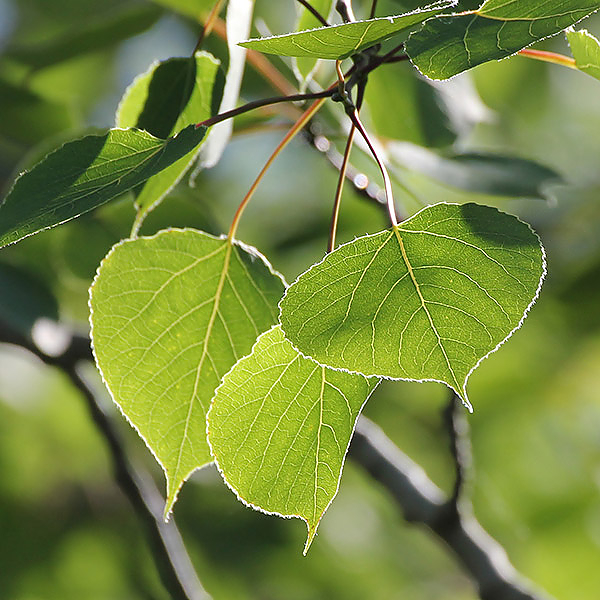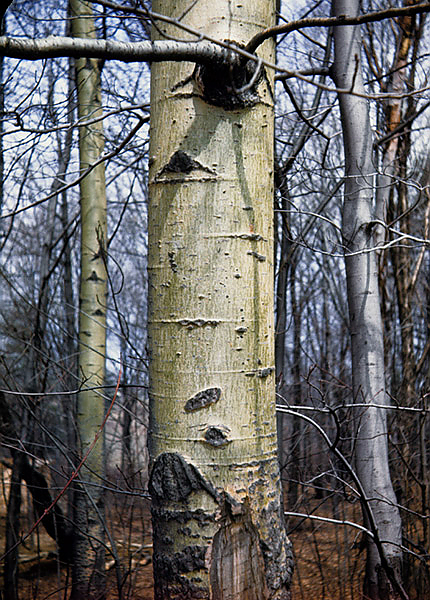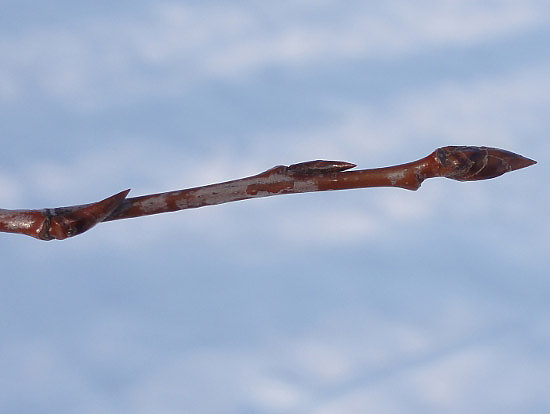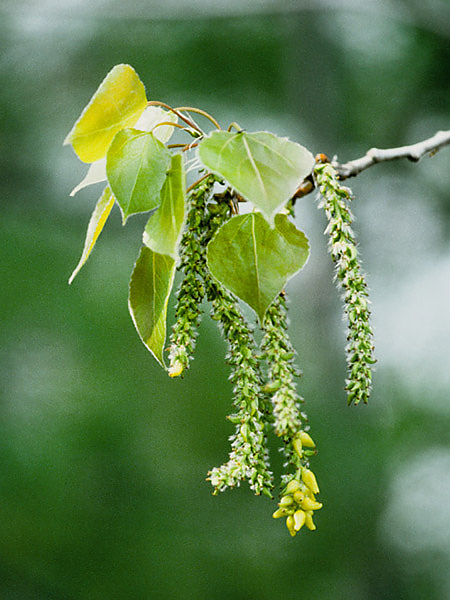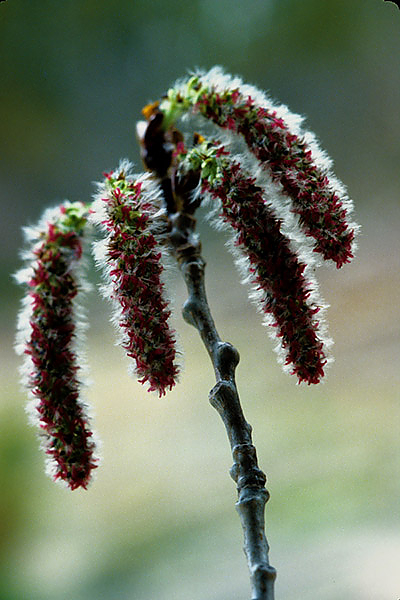Identification:
Leaves—
medium sized, heart shaped, yellow green color
Twigs—
long, not too thin, dull dark grey color
Flowers—
dark furry small clusters
Fruit—
small green capsules
Bark—
smooth texture, pasty white with dark patches
Natural History:
Lifespan—
Up to 150 years.
General description—
These hardwood trees are the most widely distributed tree across North America. It can adapt to most regions even the Western US. They are rather hard to grow in very warm weather. (They can grow in most soil types).
Natural distribution and habitat—
Native to North America and found in most regions of North America.
Conservation status—
Nothing serious, since it easily overcomes fires and other trees.
Uses—
Used in lumber industry. Used by animals for food and nesting.
